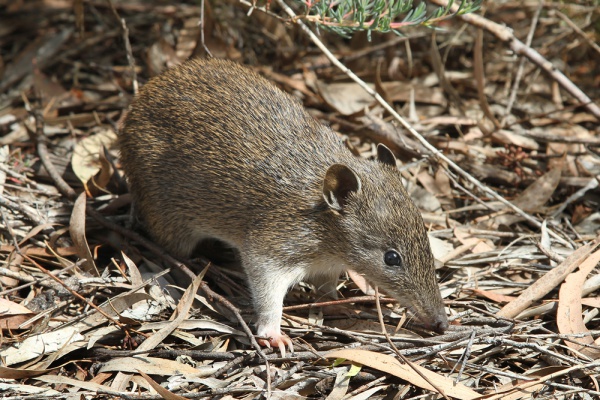Facts About Southern Brown Bandicoot, Quenda
The Southern Brown Bandicoot, also known as the quenda in Southwestern Australia, is an endearing small marsupial characterized by its short nose. First described by George Shaw in 1797, the species has undergone taxonomic revisions, with the most recent classifications recognizing just one valid subspecies: *Isoodon obesulus nauticus*. These bandicoots are notable for their compact bodies and short snouts, with a marked sexual dimorphism—males are notably larger than females.
Currently, the Southern Brown Bandicoot is primarily found in coastal regions of southern Australia. They thrive in habitats such as open forests, scrublands, and heathlands, particularly those with abundant ground cover. These nocturnal omnivores have a diverse diet, including insects, worms, plant roots, and fungi. They are solitary animals with non-overlapping home ranges, employing scent glands for communication.
Reproduction in Southern Brown Bandicoots is closely linked to rainfall patterns, allowing them to produce up to four litters annually, each consisting of two to three young. The young remain in their mother’s pouch for approximately 53 days and are weaned by 60 days. While the International Union for Conservation of Nature (IUCN) classifies the species as Least Concern, population numbers have significantly decreased due to habitat fragmentation and predation by introduced species such as red foxes and feral cats.
Conservation efforts are ongoing, including reintroductions to predator-free areas. Despite these efforts, the Southern Brown Bandicoot is listed as Endangered on the mainland and Vulnerable in South Australia.
